Optimal Timing for Mwgrabbar Installations
Mwgrabbarinstallations require careful consideration of seasonal and weather conditions to ensure optimal safety and durability. The ideal timing depends on factors such as climate, temperature, and local weather patterns, which influence installation quality and longevity.
Spring and early fall are generally preferred due to moderate weather conditions, reducing the risk of weather-related delays or issues.
Avoid installations during extreme cold, heat, or rainy seasons to prevent material complications and ensure proper adhesion and safety.
Regions with mild, consistent weather patterns facilitate smoother installation processes and longer-lasting results.
Planning installations during periods with predictable weather helps maintain project timelines and quality standards.
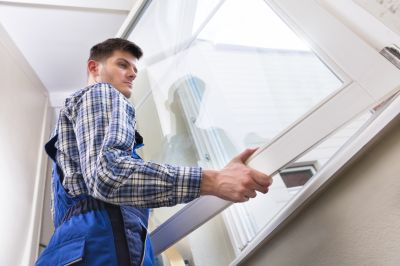
Spring offers mild temperatures and longer daylight hours, ideal for installation activities.
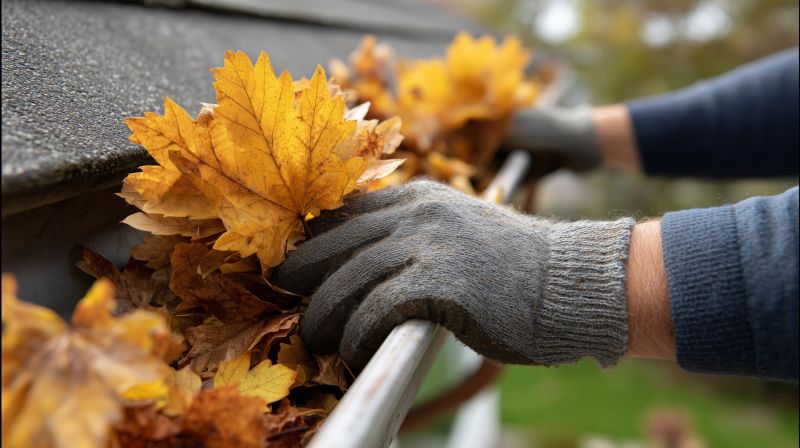
Autumn provides cooler weather and stable conditions, suitable for safe installation procedures.
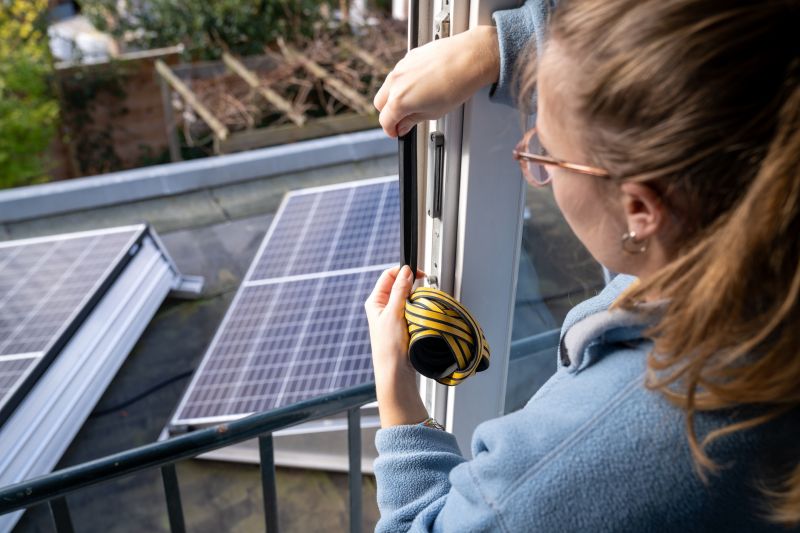
Weather patterns significantly influence installation quality and scheduling decisions.
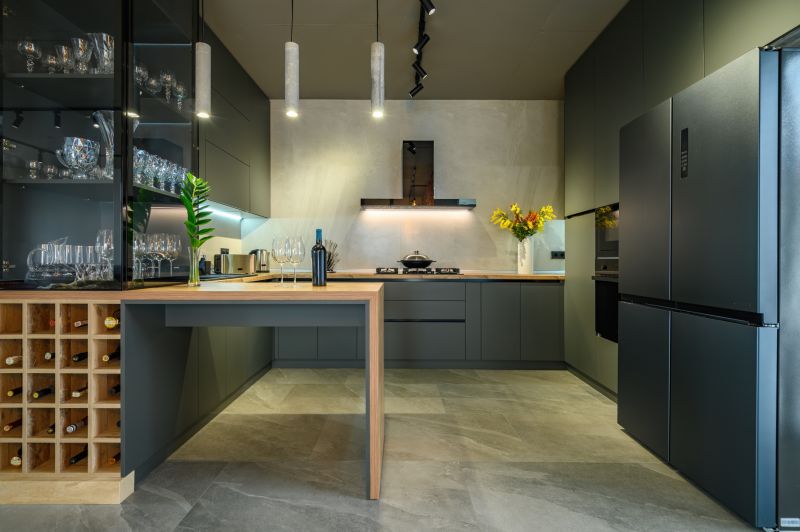
Ways to make Mwgrabbarinstallations work in tight or awkward layouts.
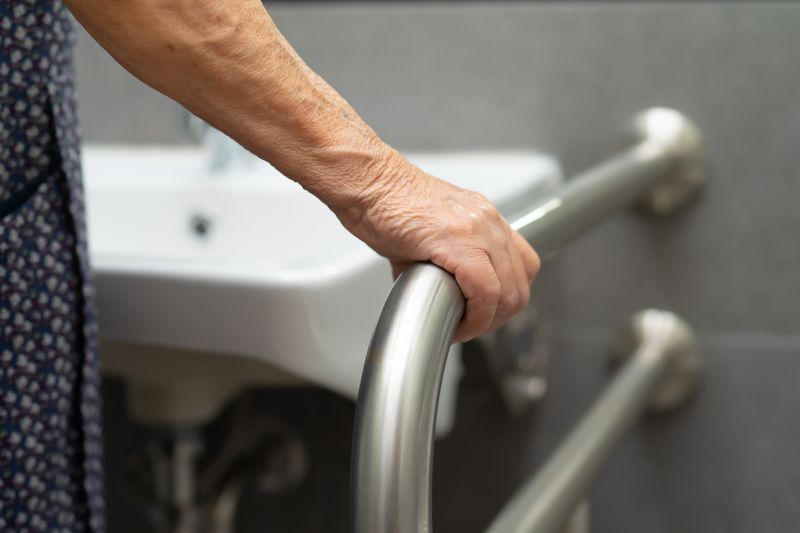
Popular materials for Mwgrabbarinstallations and why they hold up over time.
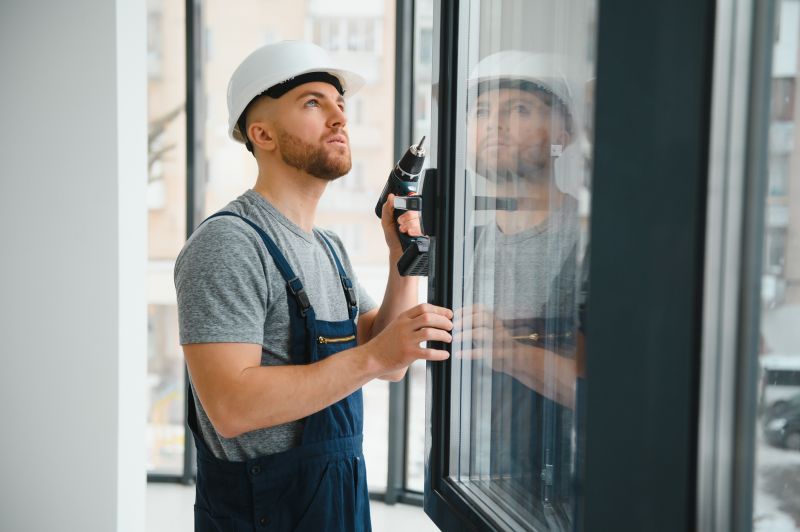
Simple add-ons that improve Mwgrabbarinstallations without blowing the budget.
| Season | Ideal Conditions |
|---|---|
| Spring | Moderate temperatures, longer days, minimal rain |
| Summer | High temperatures, potential heat stress, dry conditions |
| Autumn | Cooler weather, stable conditions, less rain |
| Winter | Cold temperatures, snow or ice risks, challenging conditions |
Mwgrabbarinstallations are critical for enhancing structural support and safety in various settings. Proper timing ensures the installation process is efficient and the results are durable. Seasonal considerations help mitigate risks associated with weather, such as material expansion or contraction, which can affect installation quality.
